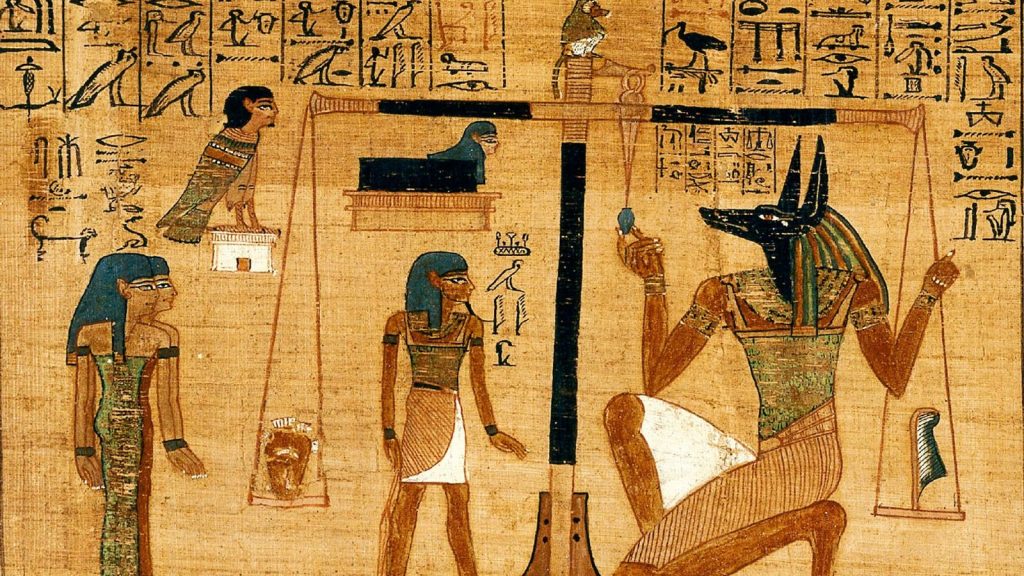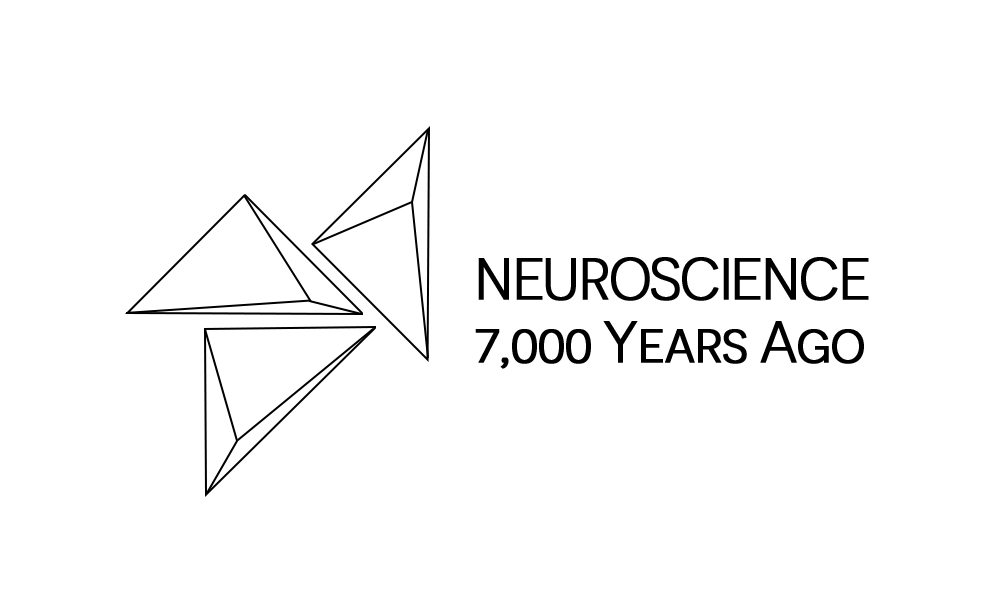
Brain Vs Heart Representations in Pharaohs’ Time
Nowadays, people from different age groups resemble the emotions by drawing a red-colored shape that resembles the heart. As if the heart is where from our emotions come from. Ancient Egyptians have the same idea of the heart as the source of various emotions, such as happiness, love, enjoyment, etc. Even science has proven that brain responsibilities toward those conscious and unconscious feelings, but the pharaohs have different beliefs.
- Egyptians’ Inside Guide to The Heart:
Heart rather than the brain was considered to be the seat of emotions. Moods are phrased in relationship to the condition of the heart -according to the translation of the Hieroglyphic symbols- the following phrases reflecting some emotions:
– Wide of heart: means happy
– Distract the heart: mean enjoyment
– Stout of heart: means brave
– Enduring of heart: means patient
– Place the heart after: means to be anxious
– Place the heart after: means to pay attention to
– Upon the heart: means in the opinion of
In rarer examples, such as a passage from the kanais temple of Seti I, the heart is linked more closely to the seat of reckoning and intelligence. According to some writings of the ancient Egyptian, they recognized the heart as the center of the human body [1].
- Mummification Process Showed the Real Value of the Brain:
In view, then, of the great care taken by the Egyptians to preserve the body, we need not be surprised that after hundreds and even thousands of years the features are still natural in many cases [2]. Even though the brain didn’t take much care for the Egyptians, and it was clear during the mummification and embalming processes.
The brain extraction procedure had no therapeutic implications in life, and there was no aim to preserve brain tissue after death. However, it seems that fine-tuning the approach to remove the brain had exquisite utilitarian and beneficial purposes in the afterlife, that is, the preservation of skull and facial features make it easy for the soul of the dead person to recognize its body by being able to view its face in the afterlife [3].
The great perishability – could be spoiled- of the brain is due to the large quantity of water which enters into its composition [2], made it the presence of the brain like a danger toward the perseverance of the facial features.
It is thought that the ancient Egyptians believed that the heart, rather than the brain, was the organ responsible for emotions and intelligence. The brain was not regarded as the seat of the soul. Rarely was the brain even observed except in cases of severe open head injury. Even then it would not have been seen in its more normal solid-state; rather, it would have been in a state similar to the unformed semisolid piecemeal contents extracted through the nose [3].

Furthermore, The Papyrus of Ani (The Book of the Dead) Figure 1, an ancient name for a funeral text, recounts that the dead pharaoh will be assisted by Osiris (the god of resurrection) to replace his head with the head of Tem (a god that symbolizes completion). By the end of the journey, the head is to be filled with the brain (white crown).
Therefore, the embalmers did not attempt to preserve the brain because they believed it would be replaced with a new one: “Menu is Horis, the Advocate of his father [Osiris], and his coming forth means his birth.
- Trial of the Heart:
After death, the dead person’s go for the trail. The one organ which will be asked for the confession is a heart which, on the other religious the persons will be investigated in the judgment day and they will confess from their memory -brain- where it’s the source of the information and memories. Unlikely, the Pharaohs believed that the heart is the one who responsible for sins and goodness. After the confession came the climax of the trial: the weighing of the heart. A person’s memory was also housed in the heart and so at the judgment ceremony (Weighing of the Heart) in the afterlife, the heart was able to speak on behalf of the deceased, accounting to Osiris for a lifetime of deeds. Anubis, the jackal god of mummification, held up a pair of scales. In one dish sat an ostrich feather, like that worn by the goddess of justice, Maat, and regarded as a symbol of truth. In the other dish was the dead person’s heart, embodying the actions carried out in their lifetime. If the feather and the heart balanced the scales, the dead person would pass the test. Those whose hearts weighed too much were considered impure and condemned to several horrific fates [4].
The heart trial is a clear proof of the claim of the Ancient Egyptians believed that the heart, rather than the brain, was the source of human wisdom, as well as emotions, memory, the soul and the personality itself.
The physical heart, haty, and the, ib, heart-thought had the same ‘headquarters’ in ancient Egypt. There are no records that identify psychiatric diseases. As the physical diseases were seen as symptoms of the heart and the uterus, having their origin in the blood vessels or purulent, fecal matters, venom, or even demons. It’s an indication of the importance of the heart as an organ in ancient Egypt [5].
Finally, the brain during the pharaohs’ time wasn’t the same value as the heart. Additionally, the ancient Egyptians didn’t recognize the brain nowadays.
References:
1 Teeter, E.: ‘The Body in Ancient Egyptian Texts and Representations (Plate 6)’, The Bulletin of the American Society of Papyrologists, 2000, 37, (1/4), pp. 149-170
2 Lamb, D.: ‘Mummification, especially of the brain’, American Anthropologist, 1901, 3, (2), pp. 294-307
3 Elhadi, A.M., Kalb, S., Perez-Orribo, L., Little, A.S., Spetzler, R.F., and Preul, M.C.: ‘The journey of discovering skull base anatomy in ancient Egypt and the special influence of Alexandria’, Neurosurgical focus, 2012, 33, (2), pp. E2
4 https://www.nationalgeographic.co.uk/history/2019/02/book-dead-was-egyptians-inside-guide-underworld
5 Veiga, P.: ‘Health and Medicine in ancient Egypt; magic and science’, 2009





